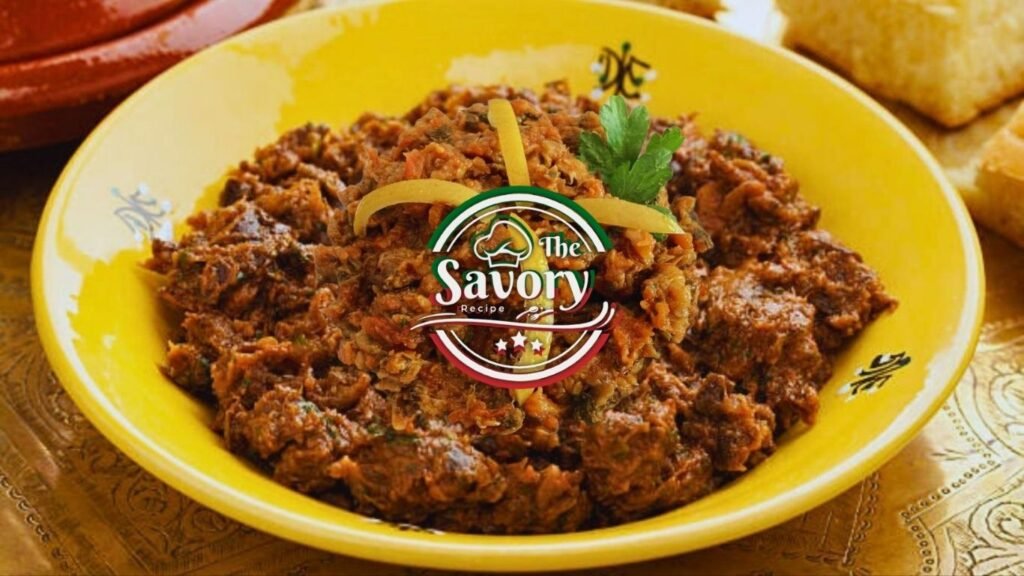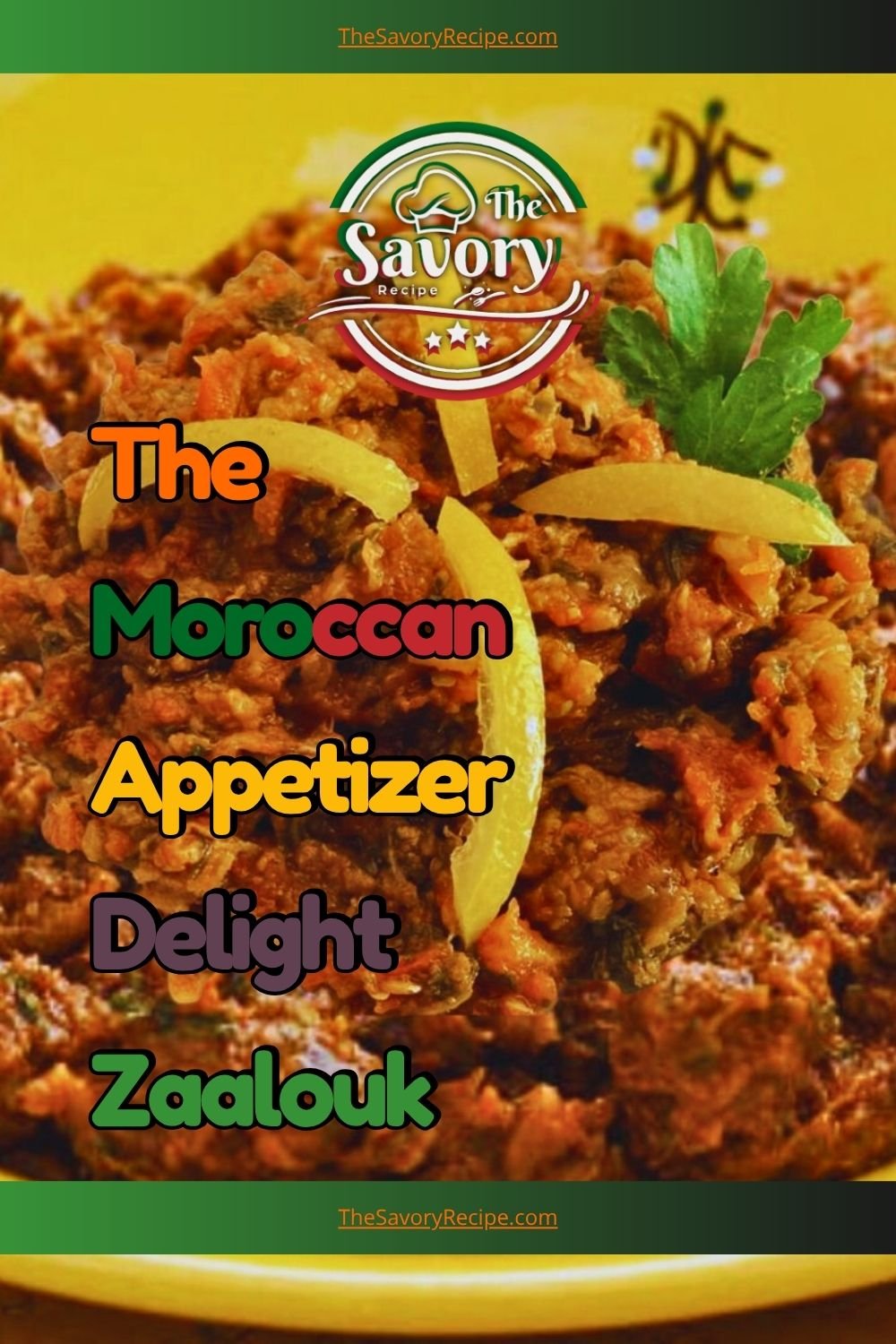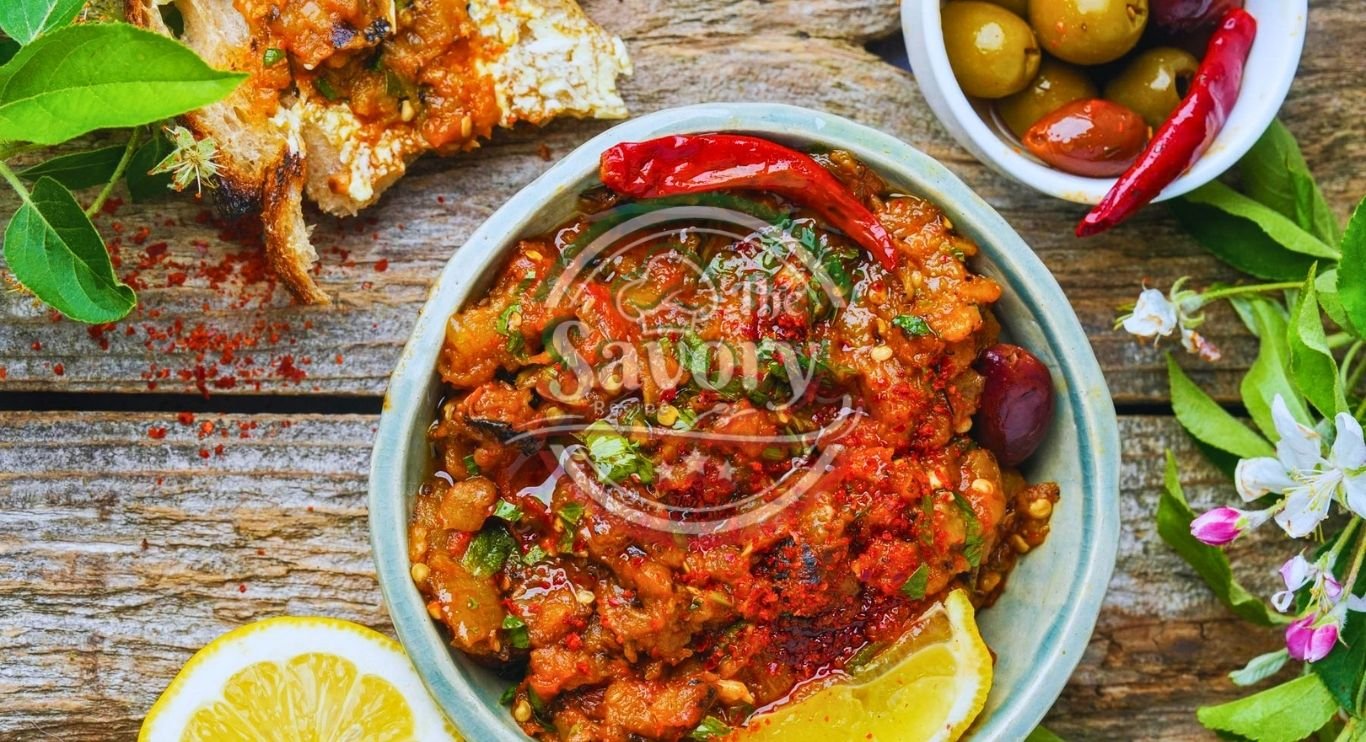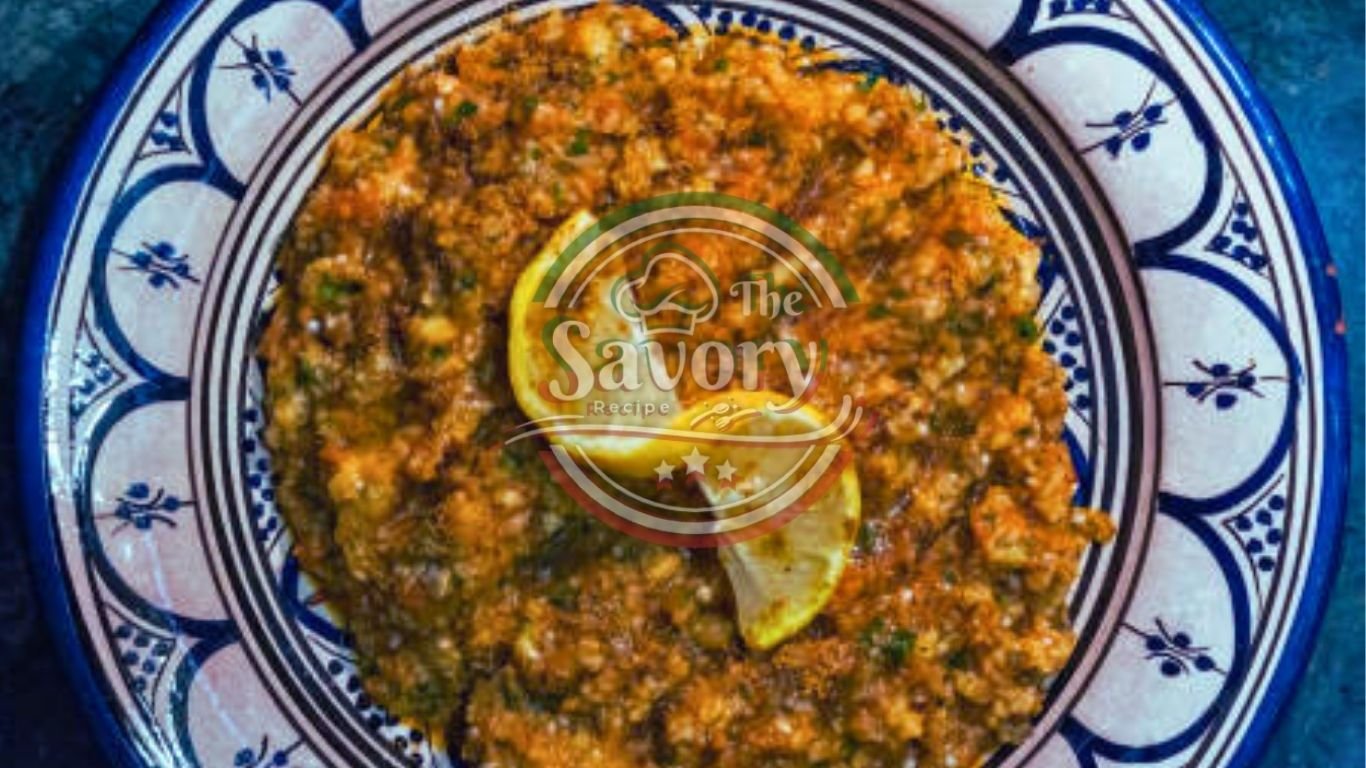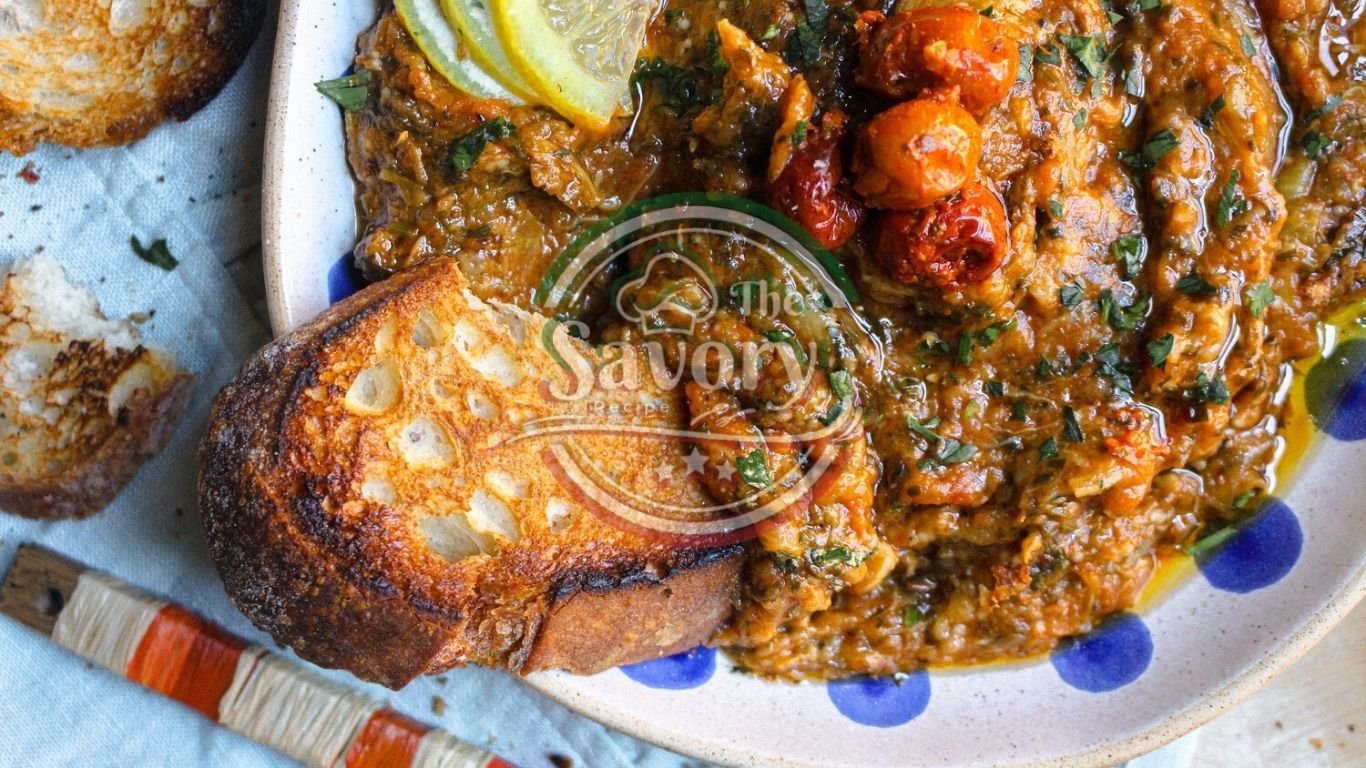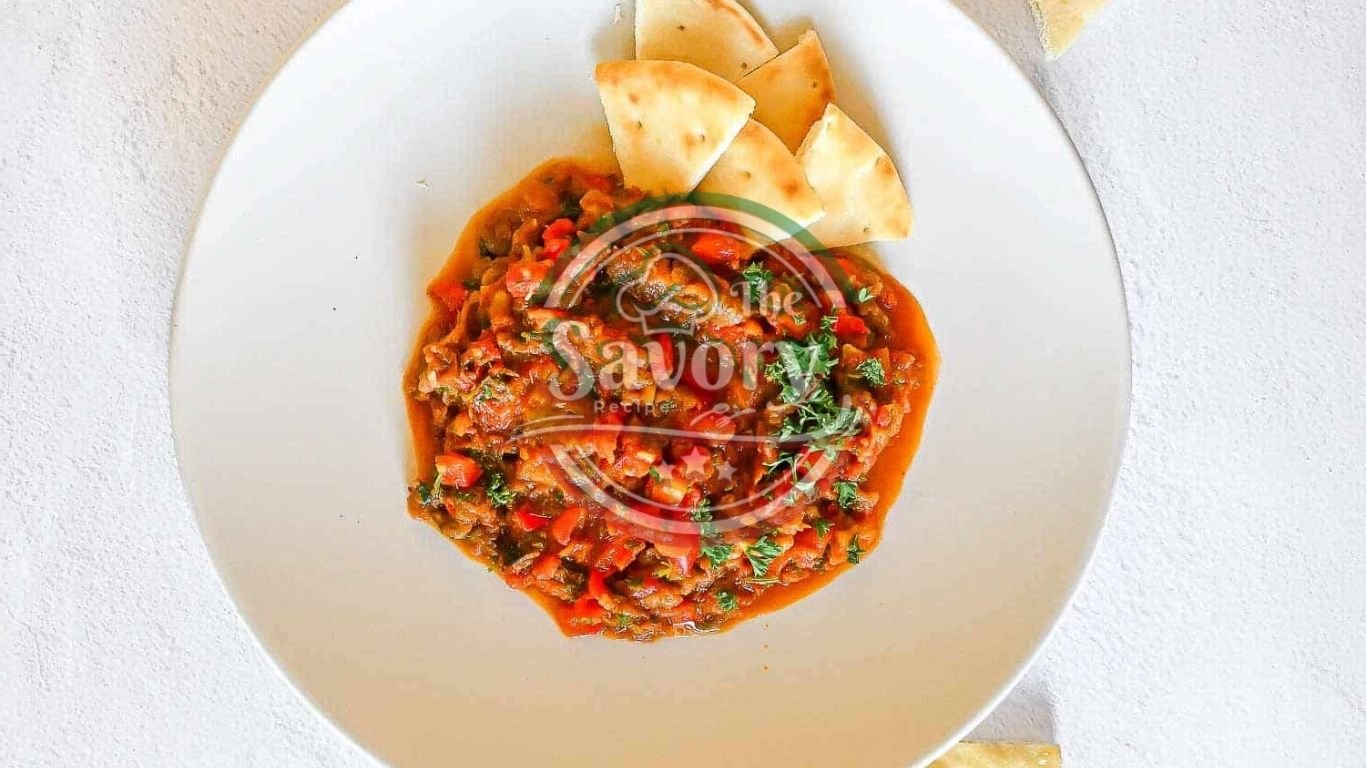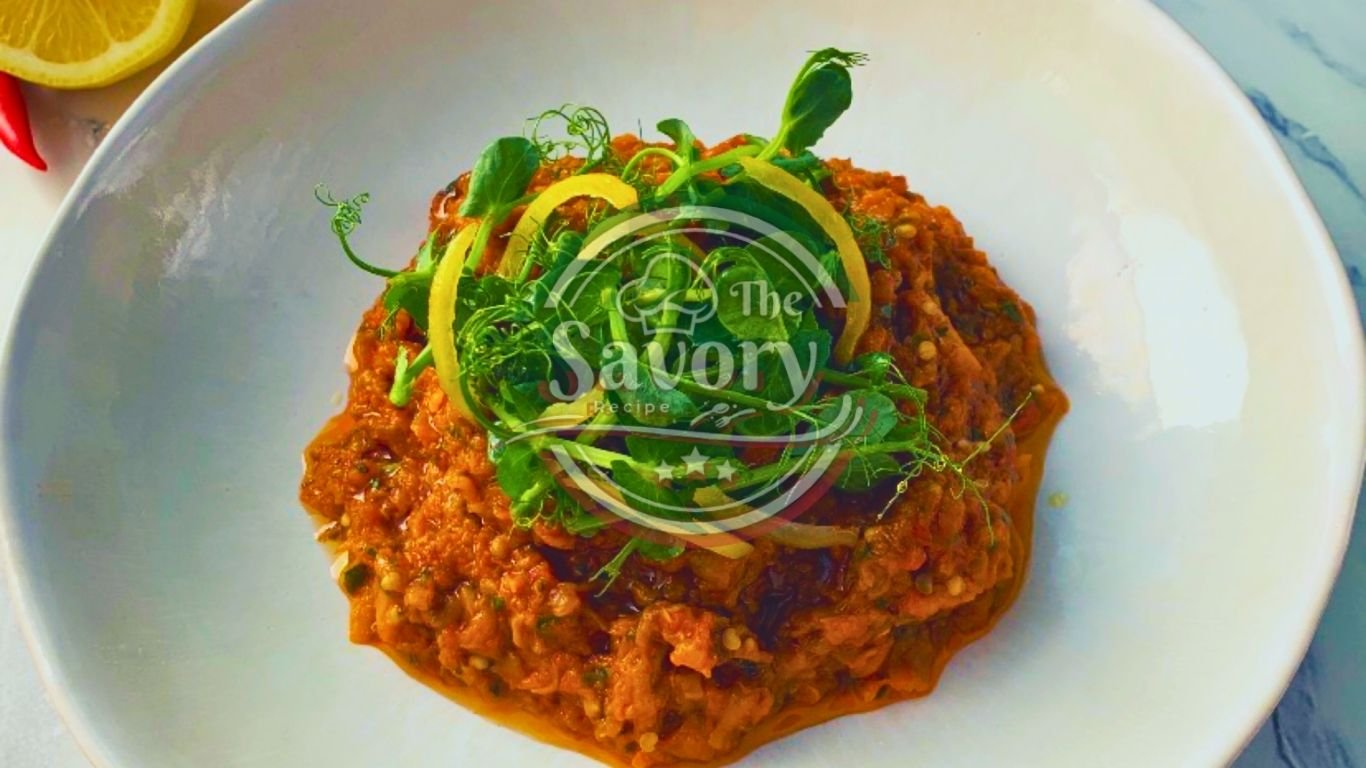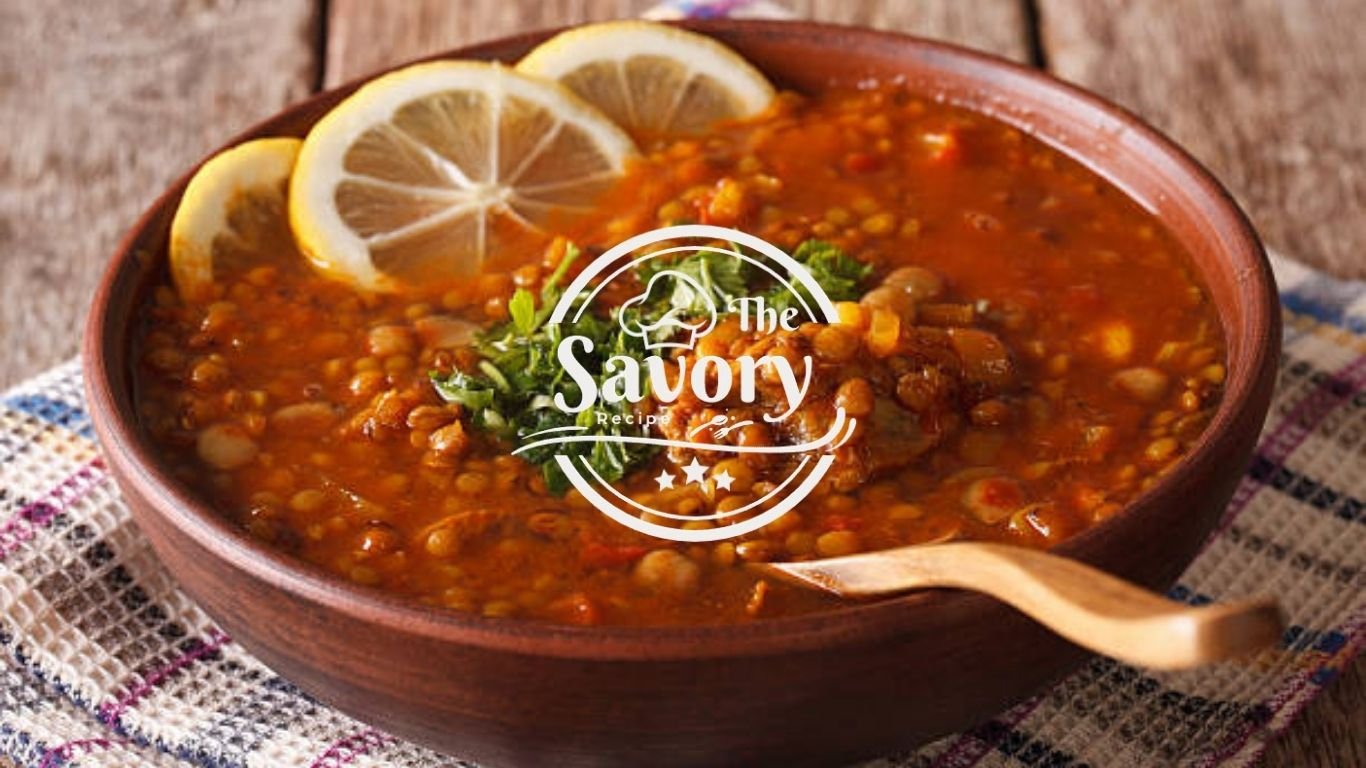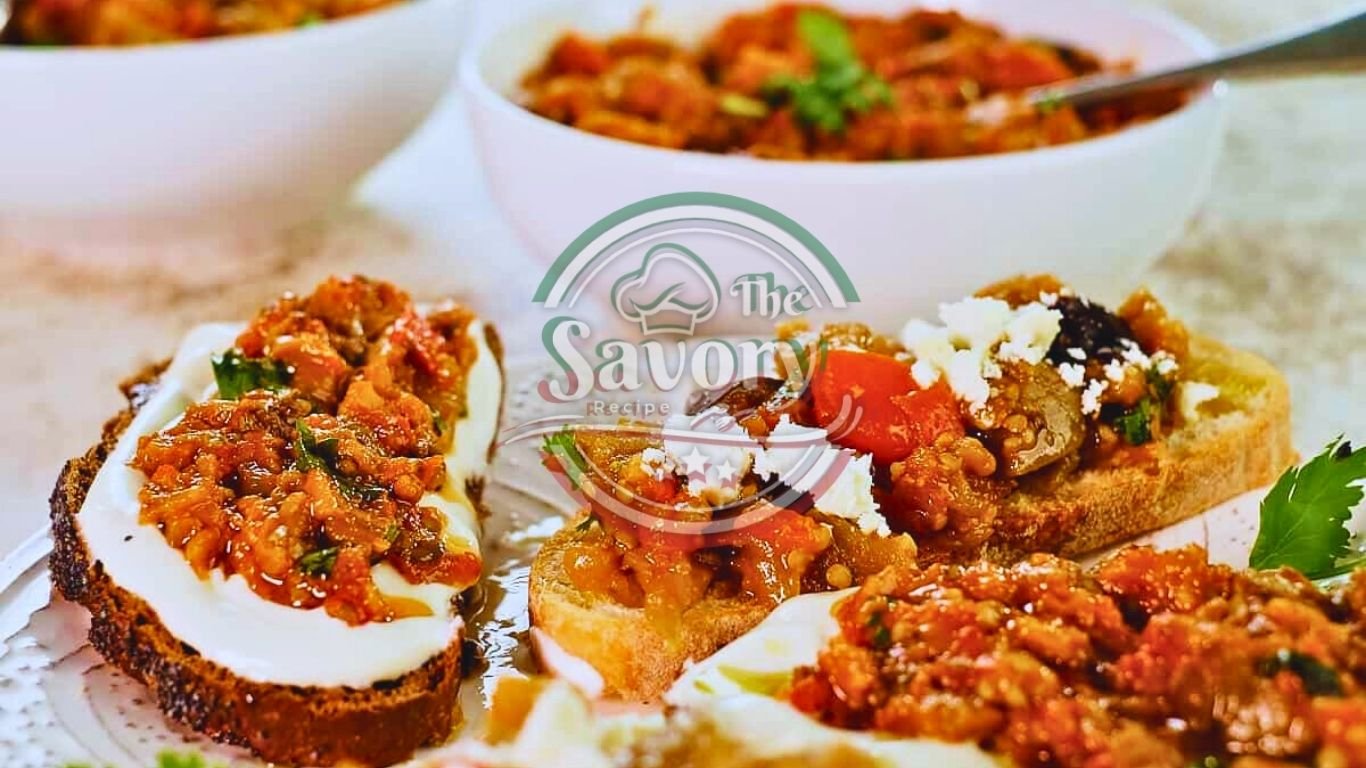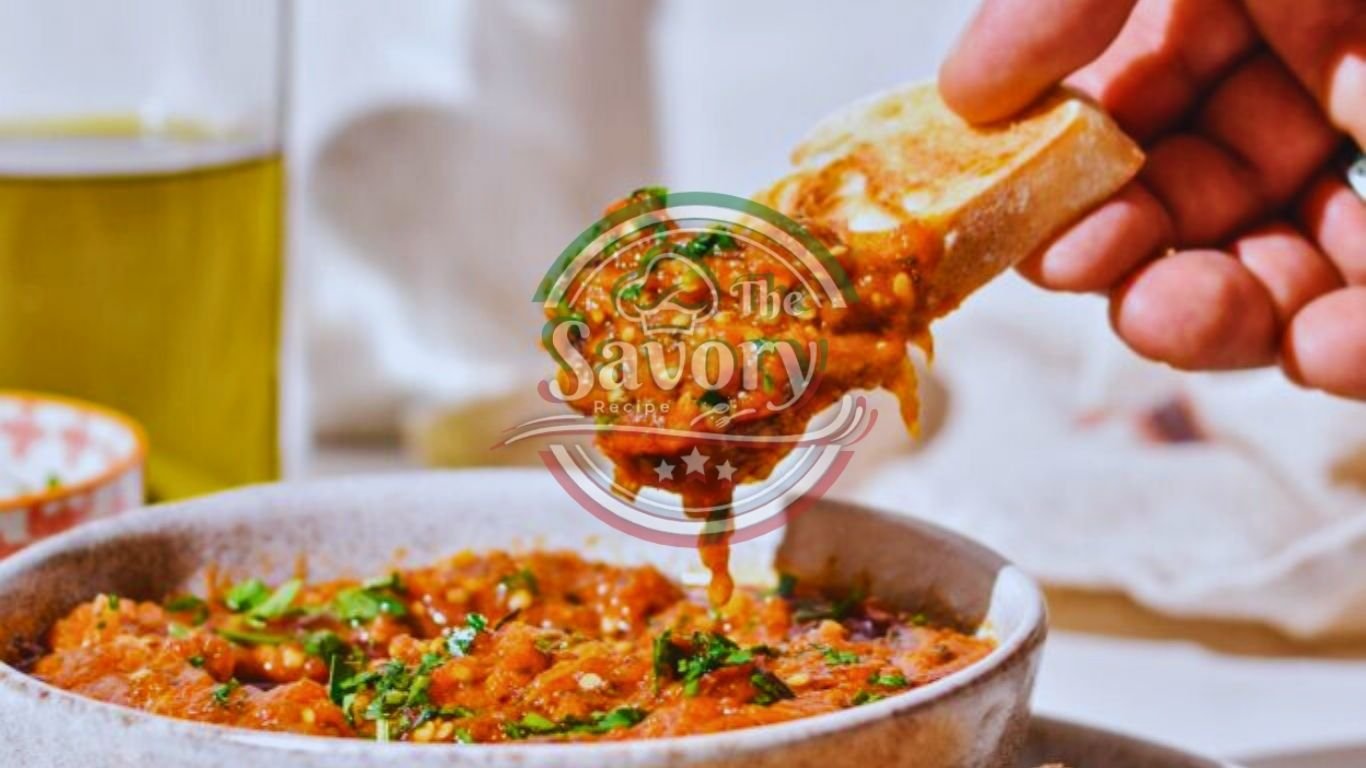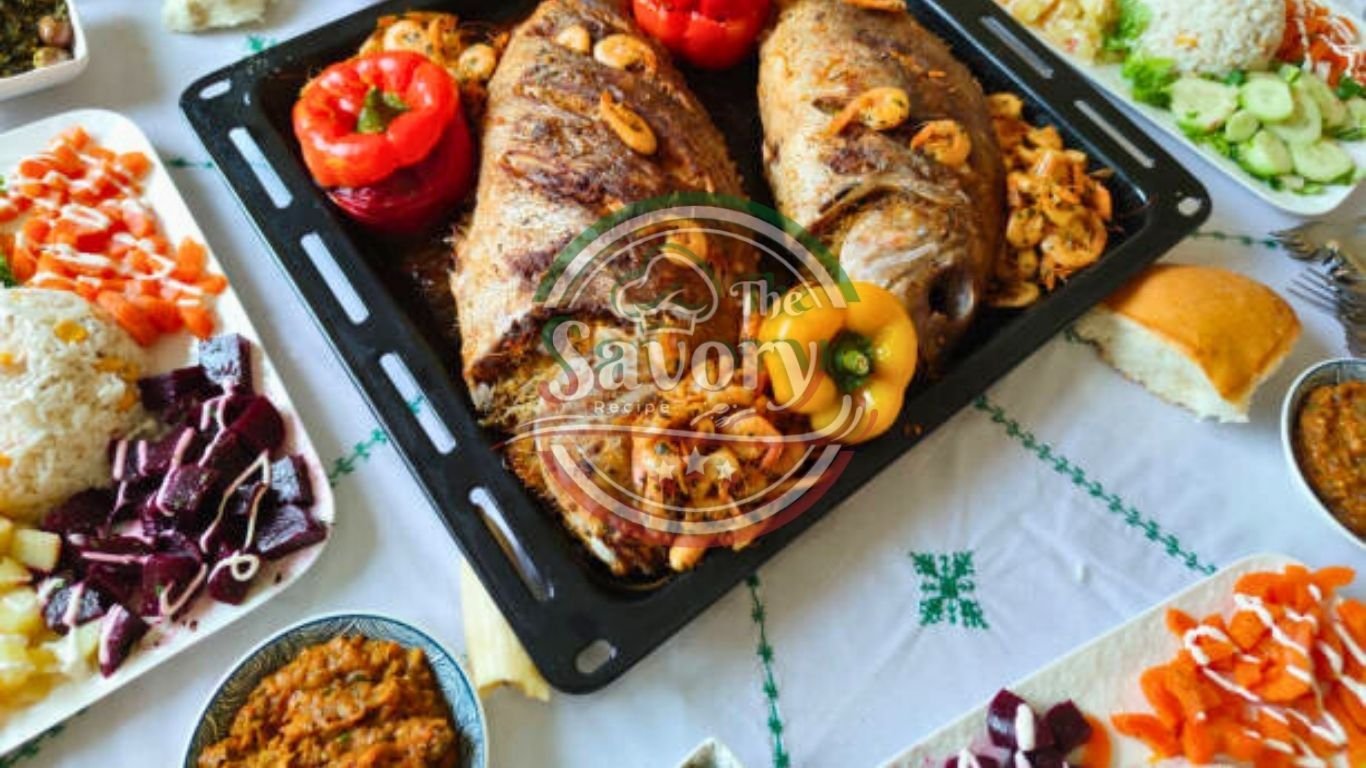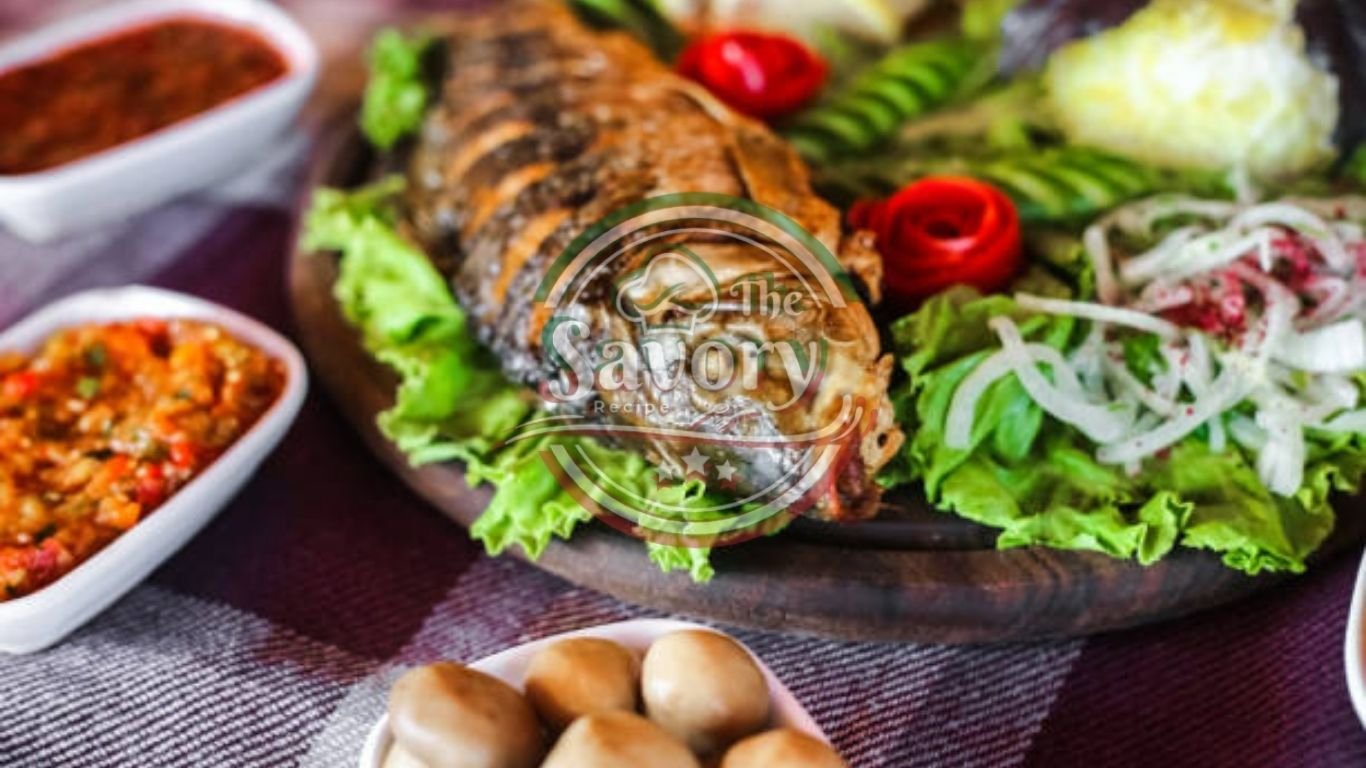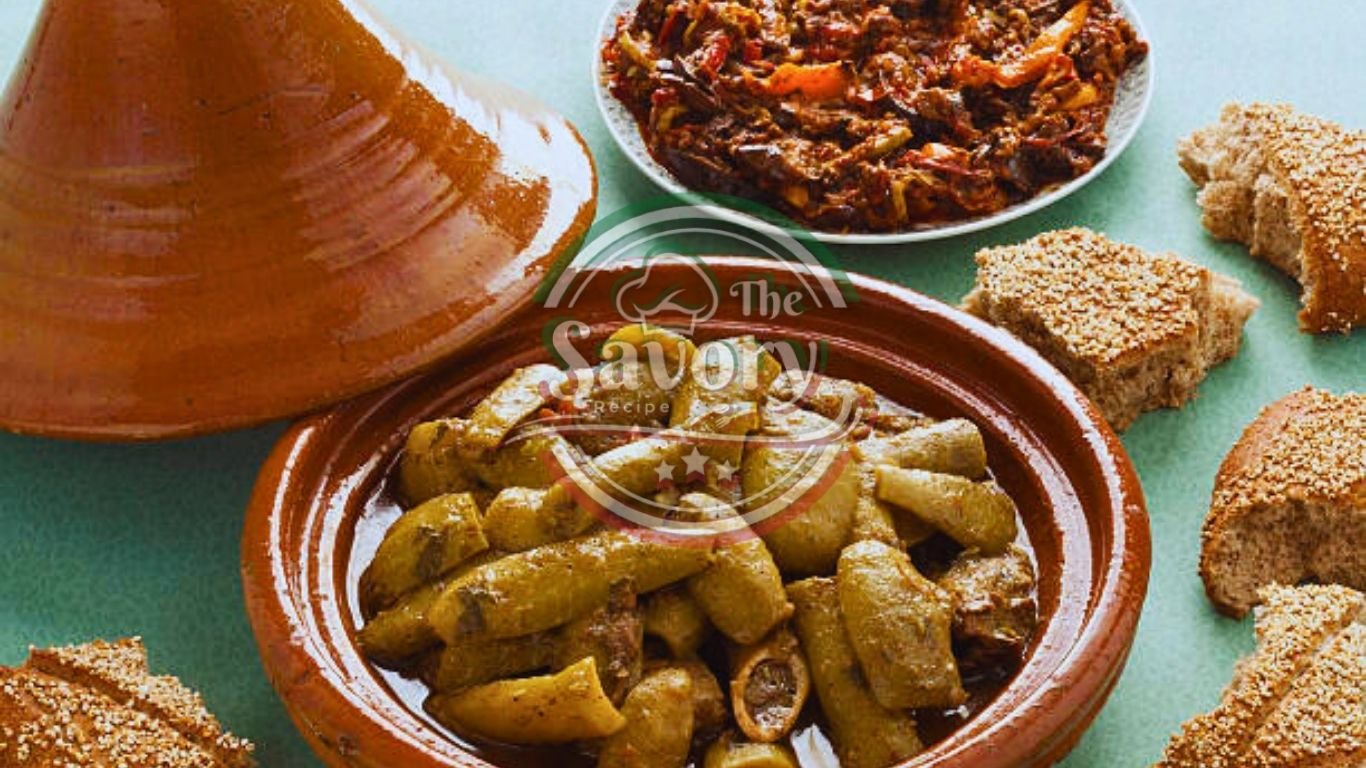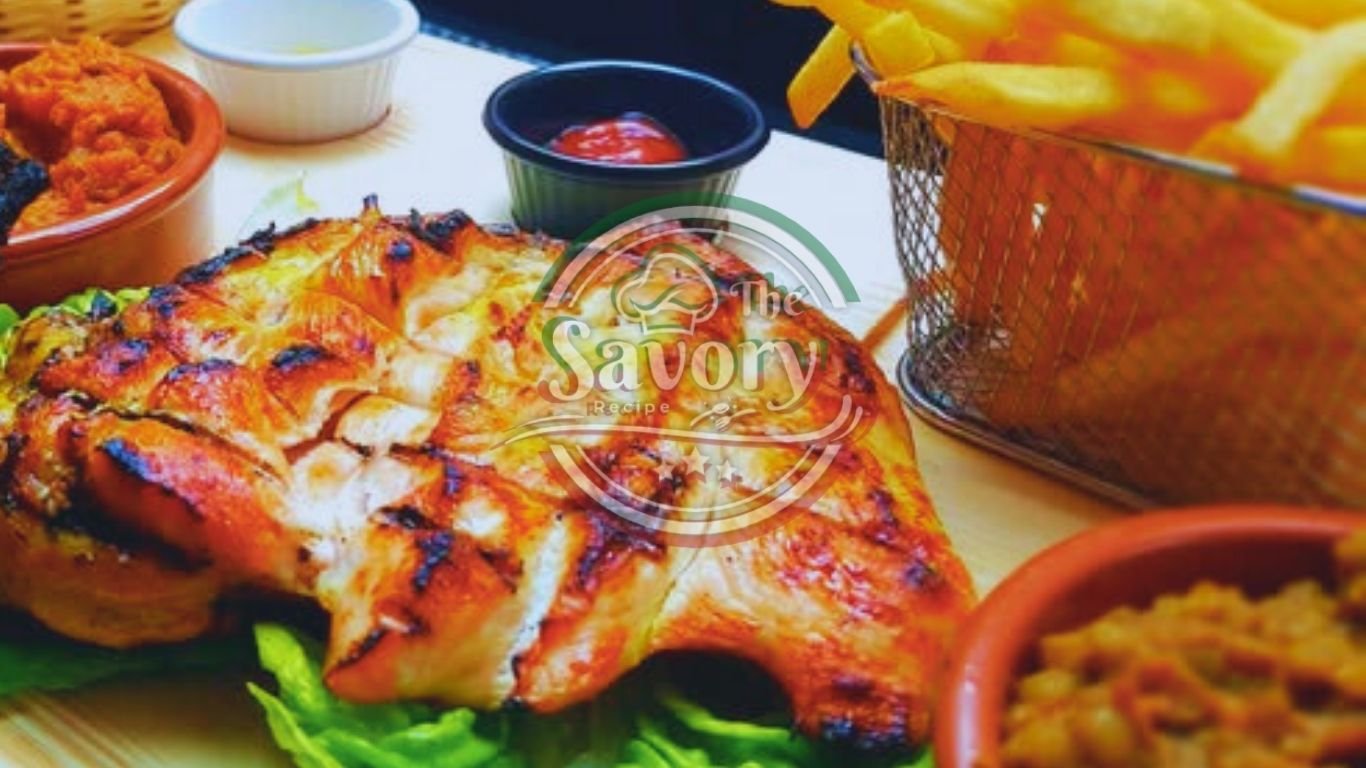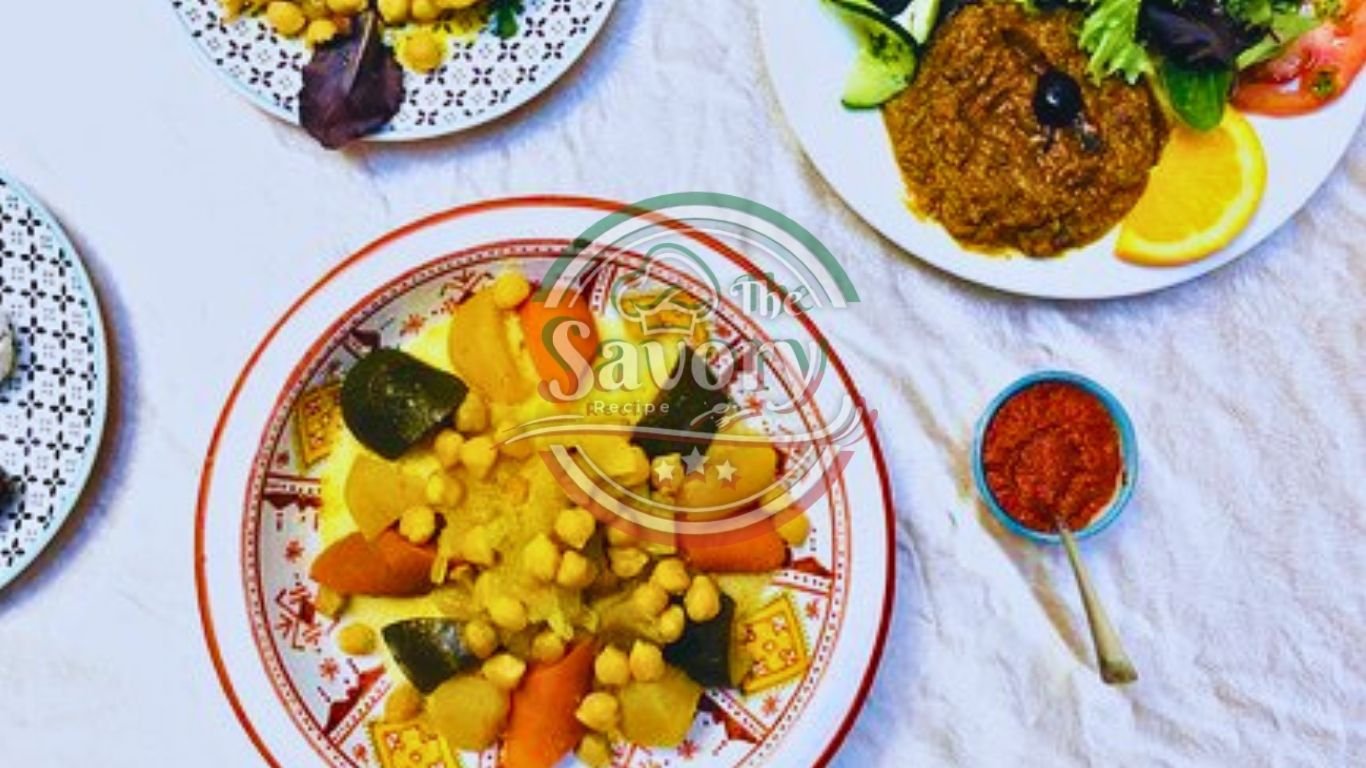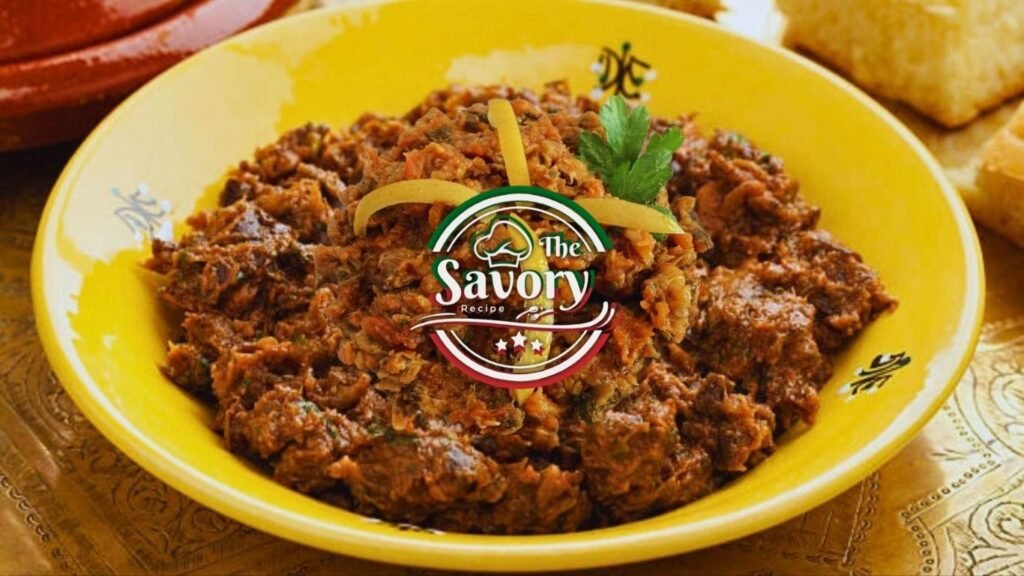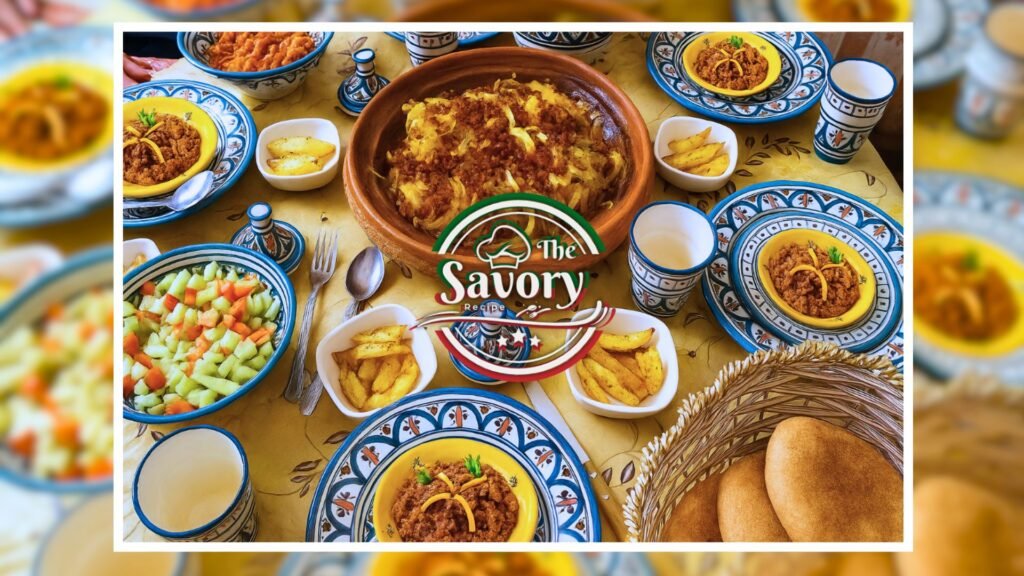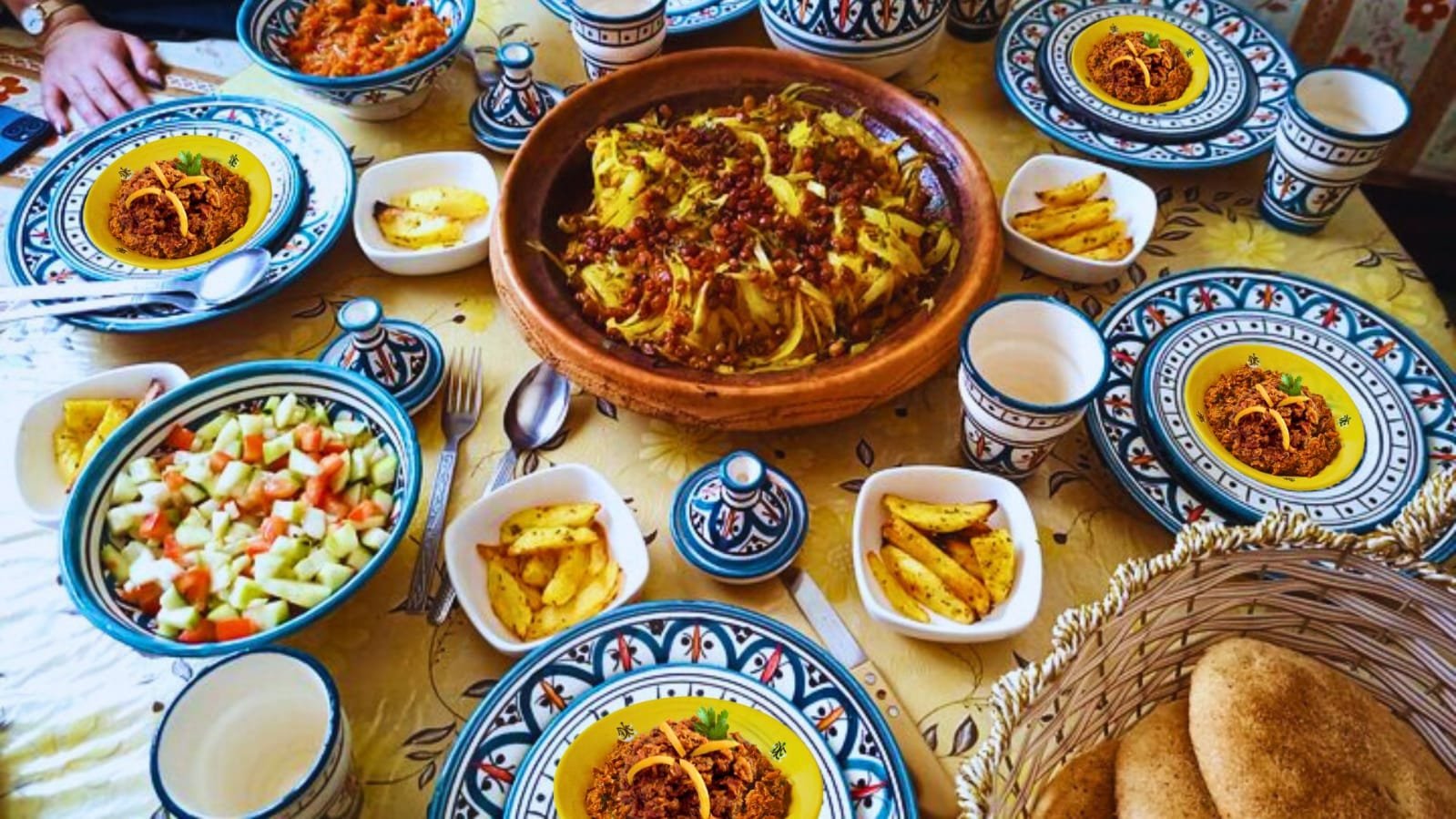
Zaalouk: A Flavorful Moroccan Eggplant and Tomato Delight
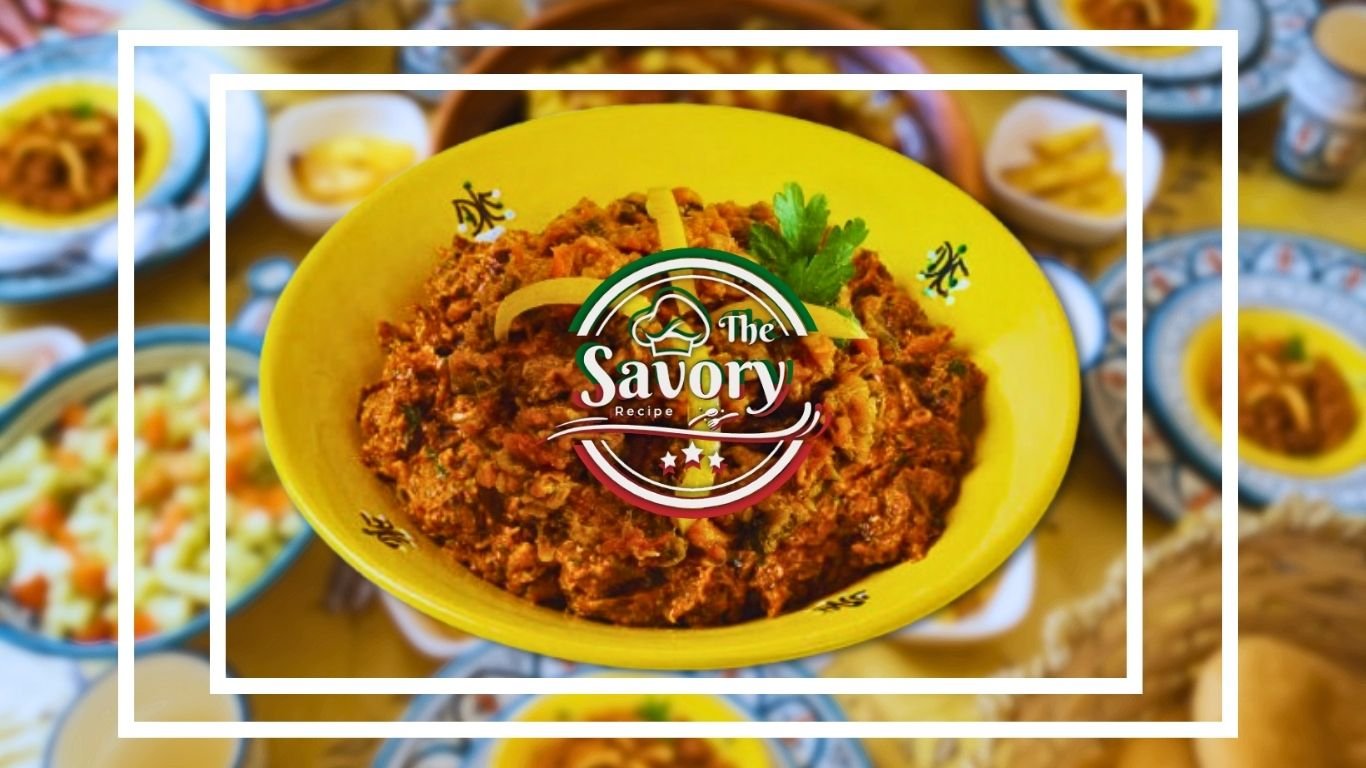
Moroccan cuisine is celebrated for its vibrant flavors, aromatic spices, and the artful blending of simple ingredients into rich, satisfying dishes. Among these, zaalouk stands out as a beloved staple a flavorful cooked salad or dip made primarily from eggplant (aubergine) and tomatoes, enhanced with a blend of traditional Moroccan spices.
This dish is a perfect example of how Moroccan cooking transforms humble ingredients into something extraordinary. Whether served as an appetizer with warm bread, a side dish alongside grilled meats, or even as a light main course, zaalouk is a versatile and nutritious addition to any meal.
In this article, we will explore:
- The cultural significance of zaalouk in Moroccan cuisine
- A detailed step-by-step recipe with variations
- The health benefits of its key ingredients
- Serving suggestions and pairings
- Tips for achieving the perfect texture and flavor
By the end, you’ll have a deep appreciation for this dish and all the knowledge needed to prepare it authentically at home.
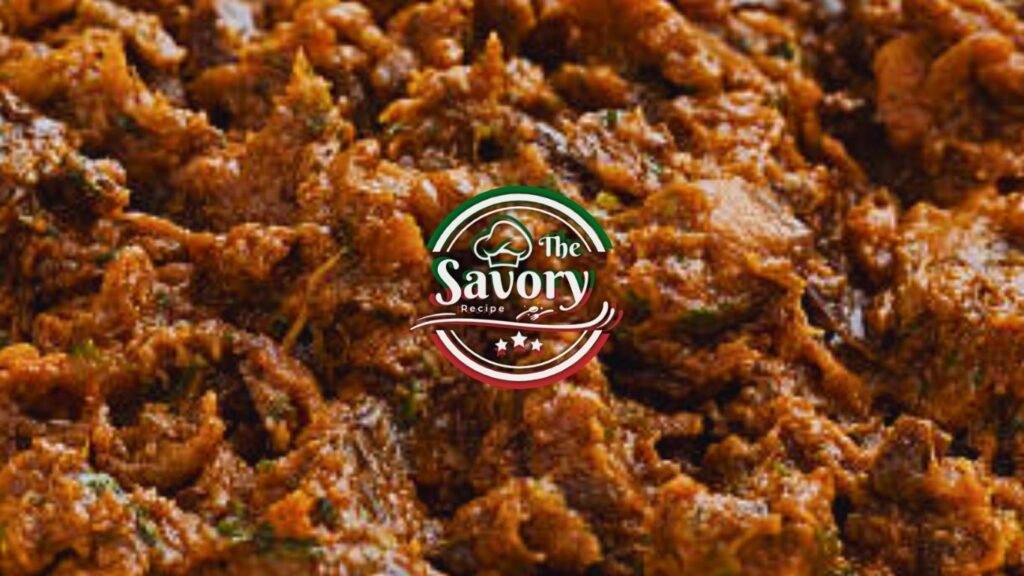
1. The Cultural Significance of Zaalouk
Moroccan cuisine is deeply rooted in tradition, with each dish telling a story of regional influences, family customs, and the country’s rich agricultural heritage. Zaalouk, like many Moroccan salads (known as salades cuites or « cooked salads »), is a testament to the resourcefulness of Moroccan home cooks, who maximize flavor using seasonal produce.
Origins and Regional Variations
While zaalouk is widely enjoyed across Morocco, slight variations exist depending on the region:
- Northern Morocco (Tangier, Tetouan): Sometimes includes bell peppers or chili for extra heat.
- Southern Morocco (Marrakech, Agadir): May feature preserved lemon or additional spices like turmeric.
- Coastal Areas: Often incorporates seafood, such as sardines or anchovies, for a unique twist.
Regardless of regional differences, the core ingredients eggplant, tomatoes, garlic, and spices remain consistent, ensuring that zaalouk retains its signature smoky, slightly tangy, and richly spiced flavor.
2.Why Zaalouk Is Among The Ultimate Moroccan Delight Meals
| Flavor & Texture Magic ✨ | Health Benefits 🌿 | Best Eggplants for Zaalouk 🍆 |
|---|---|---|
| Slow-cooked smokiness Eggplant and tomatoes meld with garlic, cumin, and paprika for deep, aromatic layers. | Rich in antioxidants Eggplant (nasunin) and tomatoes (lycopene) fight free radicals. | 1. Globe Eggplant Meaty, holds shape when cooked, ideal for creamy texture. |
| Velvety yet textured Mashed but not puréed, perfect for dipping bread or pairing with grilled dishes. | Heart-healthy fats Olive oil boosts good cholesterol (HDL). | 2. Italian Eggplant Sweeter, fewer seeds, melts into a silky consistency. |
| Umami-rich Tomatoes caramelize into a jammy sweetness, balanced by earthy spices. | Digestive aid Cumin reduces bloating; garlic supports gut health. | 3. Japanese Eggplant Tender skin, quick-cooking, slightly sweeter flavor. |
| Versatile Serve warm/cold, as a dip, side, or sandwich spread. | Low-calorie High fiber keeps you full without excess calories. | 4. Avoid overripe eggplants Bitter, watery, and seedy (check for firmness and shiny skin). |
3.Detailed Zaalouk Recipe With The Most Common Method
(Serves 4 to 6 | 45-55 mins total)
Ingredients (Serves 4-6)
- 1 large eggplant (aubergine) – about 500g
- 2 to 3 ripe tomatoes – grated or finely chopped
- 2 to 3 medium cloves garlic – minced
- 2 tablespoons olive oil (and 1 plus extra for garnish)
- 1 teaspoon ground cumin
- 1 teaspoon paprika (sweet or smoked)
- ½ teaspoon ground black pepper
- 1 teaspoon salt (adjust to taste)
- 1 handful fresh parsley or cilantro – finely chopped
- 1 tablespoon lemon juice (optional, for brightness)
- 2 tablespoons green or black olives (optional, for garnish)
- ½ teaspoon harissa paste (optional, for heat)
Step-by-Step Preparation
1. Preparing the Eggplant
- Peeling (Optional): Some prefer to peel the eggplant partially or entirely for a smoother texture, while others leave the skin on for added fiber and texture.
- Cooking Methods:
- Boiling: Slice the eggplant into rounds, boil in salted water for 10-12 minutes until tender, then drain and mash.
- Roasting (for deeper flavor): Pierce the eggplant with a fork, roast at 200°C (400°F) for 30-40 minutes until soft. Scoop out the flesh and mash.
- Grilling: Char the eggplant over an open flame or grill for a smoky taste.
2. Making the Tomato Sauce
- Heat 2 tablespoons olive oil in a deep pan over medium heat.
- Add the minced garlic and sauté for 30 seconds until fragrant.
- Stir in the grated tomatoes, cumin, paprika, black pepper, and salt.
- Cook for 10-15 minutes until the sauce thickens and the oil begins to separate.
3. Combining the Eggplant and Sauce
- Add the mashed eggplant to the tomato mixture.
- Stir well, breaking down any large chunks, and let it simmer for 10-15 minutes on low heat.
- The mixture should be creamy but not overly mushy some texture is desirable.
4. Finishing Touches
- Stir in chopped parsley or cilantro, lemon juice (if using), and olives.
- Drizzle with an extra tablespoon of olive oil for richness.
- Adjust seasoning if needed.
5. Serving
- Serve warm or at room temperature.
- Garnish with additional herbs, olives, or a sprinkle of cumin.
Manina’s Signature Zaalouk: Simple, Bold, Delicious
Zaalouk like my mother Made (Manina’s Way) 30min to made (Serves 4-6)
Eggplant & Tomato Sauce Guide (inspired by Manina)
1. Prepare the Eggplant
- Clean the eggplant and partially peel it (leave some skin for texture).
- Slice the eggplant, then place it in a pot.
- Cover with water and add ¼ tsp salt.
- Boil until fully cooked.
- Drain the water, mash and crush the eggplant well, and set aside.
2. Make the Tomato Sauce
- Heat 1 tbsp vegetable oil in a frying pan.
- Grate 2 garlic cloves into the pan and sauté until slightly darkened.
- Add 2 grated tomatoes, ½ tsp black pepper, ½ tsp cumin, 1 tbsp paprika, and 1 tbsp chopped parsley.
- Stir well until the sauce thickens.
3. Combine Eggplant & Sauce
- Add the mashed eggplant to the tomato sauce and mix well.
- Season with:
- ¼ tsp salt (adjust to taste)
- 1 tbsp vinegar
- 1 tbsp olive oil
- Cook on low heat until the mixture thickens.
- Taste and adjust salt as needed.
4. 7 Gourmet Variations
1. Spicy Zaalouk 🌶️
- Add harissa, cayenne, or fresh chili peppers for heat.
2. Herb-Infused Zaalouk 🌿
- Mix in fresh cilantro, mint, or dill for brightness.
3. Creamy Zaalouk 🥛
- Stir in yogurt or tahini for extra richness.
4. Seafood Zaalouk 🐟
- Fold in flaked sardines, anchovies, or smoked salmon.
5. Roasted Pepper Zaalouk 🔥
- Blend in charred bell peppers or jalapeños.
6. Preserved Lemon Zaalouk 🍋
- Add chopped preserved lemon for tangy depth.
7. Nutty Zaalouk 🌰
- Top with toasted almonds or pine nuts for crunch.
5. 🔥 Pro Tips for Perfect Zaalouk
- Choose Ripe Tomatoes:
- They should be sweet and juicy for the best sauce.
- Control the Texture:
- Some prefer it chunky, others smooth adjust mashing to your liking.
- Enhance Flavor Depth:
- A splash of preserved lemon or a pinch of sugar can balance acidity.
- Smoky Variation:
- Char the eggplant directly over a flame for a deeper, smoky taste.
- Storage:
- Keeps well in the fridge for 3-4 days flavors meld and improve over time.

6. Serving Suggestions & Pairings
Zaalouk is incredibly versatile. Here are some ways to enjoy it:
Traditional Moroccan Style
- With khobz or Mkhamer (Moroccan bread) or pita for dipping.
- Alongside other salads like taktouka (roasted pepper salad) or lentil salad.
Modern Twists
- As a bruschetta topping on toasted baguette slices.
- Stuffed into pita pockets with falafel or grilled chicken.
- Served as a side dish with grilled fish or lamb tagine (or All types of tajine).
Meal Pairings
- With Couscous: A perfect accompaniment to vegetable or meat couscous.
- As Part of a Mezze Platter: Alongside hummus, baba ganoush, and olives.
Drinks
7. 🌿 Health Benefits of Zaalouk
Zaalouk isn’t just delicious it’s also packed with nutrients:
- Eggplant: High in fiber, antioxidants, and vitamins B6 & K. Supports digestion and heart health.
- Tomatoes: Rich in lycopene, which may reduce the risk of chronic diseases.
- Garlic: Boosts immunity and has anti-inflammatory properties.
- Olive Oil: A source of healthy monounsaturated fats, beneficial for heart health.
- Spices (Cumin, Paprika): Aid digestion and add metabolism-boosting properties.
This dish is naturally vegan, gluten-free, and low in calories, making it a great choice for health-conscious eaters.
8.⚠️Troubleshooting Common Issues
1. Too Watery?
- Fix: Simmer longer uncovered to evaporate excess liquid.
- Prevent: Salt eggplant slices before cooking to draw out moisture.
2. Lacking Flavor?
- Fix: Boost with extra garlic, cumin, or a pinch of sugar to balance acidity.
- Prevent: Toast spices in oil first to intensify their taste.
3. Eggplant Bitter?
- Fix: Add a splash of lemon juice or honey to counteract bitterness.
- Prevent: Choose younger, firmer eggplants (fewer seeds = less bitter).
4. Burning While Cooking?
- Fix: Stir frequently and lower heat; add a splash of water if needed.
- Prevent: Use a heavy-bottomed pan for even heat distribution.
5. Too Mushy?
- Fix: Keep some eggplant chunks intact while mashing.
- Prevent: Don’t overcook the eggplant check for fork-tenderness early.
6. Oil Separating?
- Fix: Stir vigorously to re-emulsify, or blend briefly with an immersion blender.
- Prevent: Use a moderate amount of olive oil and incorporate it slowly.
7. Too Acidic?
- Fix: Balance with a teaspoon of honey or a grated carrot while cooking.
- Prevent: Use ripe, sweet tomatoes and avoid overcooking them.
Pro Tip: Zaalouk tastes even better the next day don’t stress perfection on the first try! 😊
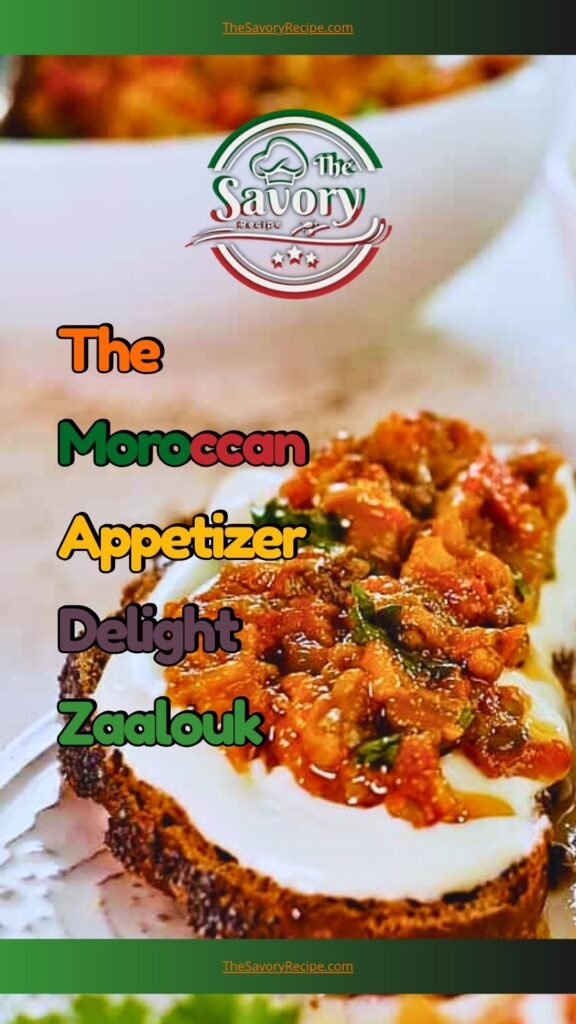
9.Why This Recipe Works
✔ Flavor Layering – Slow-cooking tomatoes and eggplant deepens their sweetness, while spices (cumin, paprika) add warmth.
✔ Texture Control – Boiling/roasting eggplant first ensures creamy-but-not-mushy consistency.
✔ Balanced Acidity – Ripe tomatoes and a touch of olive oil mellow sharpness without needing sugar.
✔ Versatile Base – Adapts easily to variations (spicy, herby, creamy) without losing authenticity.
✔ Nutrient Retention – Minimal processing preserves fiber and antioxidants from whole ingredients.
Science Bonus: Lycopene in tomatoes becomes more bioavailable when cooked with olive oil! 🧪
9. Conclusion
Zaalouk is more than just a side dish—it’s a celebration of Moroccan culinary tradition, where simple ingredients are elevated through careful spicing and slow cooking. Whether you’re new to Moroccan cuisine or a seasoned fan, this dish offers a delicious way to experience authentic flavors at home.
By following this detailed guide, you can master the art of making perfect zaalouk, impressing family and friends with its rich, smoky, and slightly spicy taste. So, gather your ingredients, embrace the slow-cooking process, and savor every bite of this Moroccan classic!
Would you like any adjustments or additional variations included? Let me know how you’d like to customize your zaalouk experience!
💭 Final Thoughts
Who knew eggplant could be this sexy? 😉 Zaalouk is the ultimate flirt of Moroccan cuisine smoky, spicy, and impossible to resist. Whether you scoop it, spread it, or (let’s be real) eat it straight from the pan, this dish is a flavor fireworks show disguised as humble veggies.
✨ Proven fact: One bite = Immediate transport to a Marrakech spice market. No plane ticket required!
So grab that crusty bread, embrace the mess, and let zaalouk turn your next meal into a culinary adventure. Trust us your taste buds will send thank-you notes. 🍆🔥
P.S. Leftovers? Ha. Good luck with that. 😏

